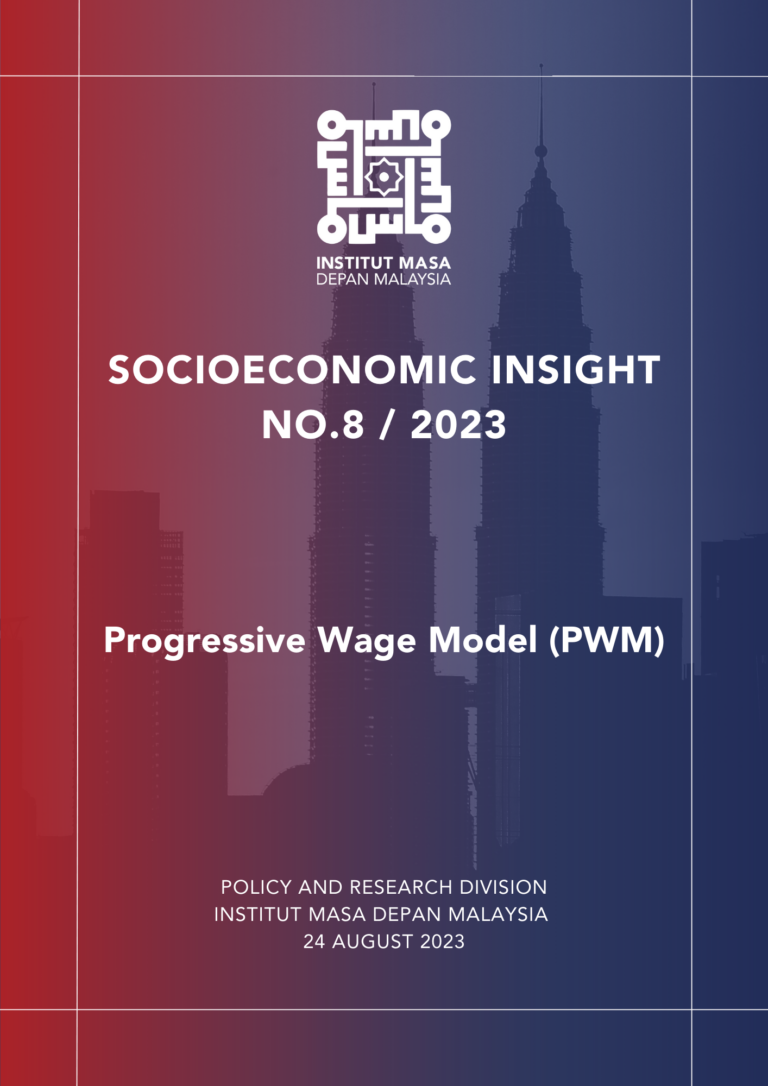In Malaysia, wage-related challenges have long been a prominent concern, encompassing issues such as stagnant wage growth, and income inequality.
This complex interplay of factors underscores the importance of addressing wage issues to ensure a fair and sustainable standard of living for workers across the country.
Income Disparity in the Malaysian Labour Landscape
According to the Department of Statistics Malaysia (DOSM), this disparity is vividly illustrated by the already low compensation of employees (CoE) level, which stood at 32.4% in 2022 (37.2% in 2020). Moreover, DOSM reports that for the first quarter of 2023, over 2 million workers in Malaysia, on average, receive a monthly salary of less than RM2,000 in the formal sector.
The situation for workers in informal sectors is even more dire, with the majority falling below the RM2,000 threshold due to the sector’s lower living wage standards. The predicament is particularly alarming for individuals aged 20 to 24, as data reveals that the median monthly wage for this demographic is a mere RM1,682. For most Malaysian employees, the highest earning level throughout their careers is reached between the ages of 40 and 49, with a salary ceiling of RM3,500.
Why PWM Is Needed?
Over the course of almost a decade, Malaysia has encountered difficulties in executing substantial increases in the minimum wage. The focus on wage distribution has largely been centred around the minimum wage level. The situation is exacerbated by the fact that even many graduates entering the workforce receive salaries close to the minimum wage threshold. This scenario is problematic, as it relies solely on market forces to determine wages for those individuals who do not fall below the minimum wage threshold.
To prevent distortion of the other income categories influenced by the minimum wage implementation, the government must intervene with the inequalities of wage distribution. This requires the government to gradually enhance wages for the higher-skilled workers by factoring in skills growth and productivity.
Progressive Wage Is Anticipated To Be The Complementary To The Minimum Wage
To address this issue and ensure a more equitable wage distribution, the PWM and minimum wage are proposed to work in tandem. The objective is to provide a wage increase beyond just those who qualify for the minimum wage. This is commonly referred to as “progressive wage,” where the aim is to uplift the wages of individuals who are not part of the minimum wage category.




